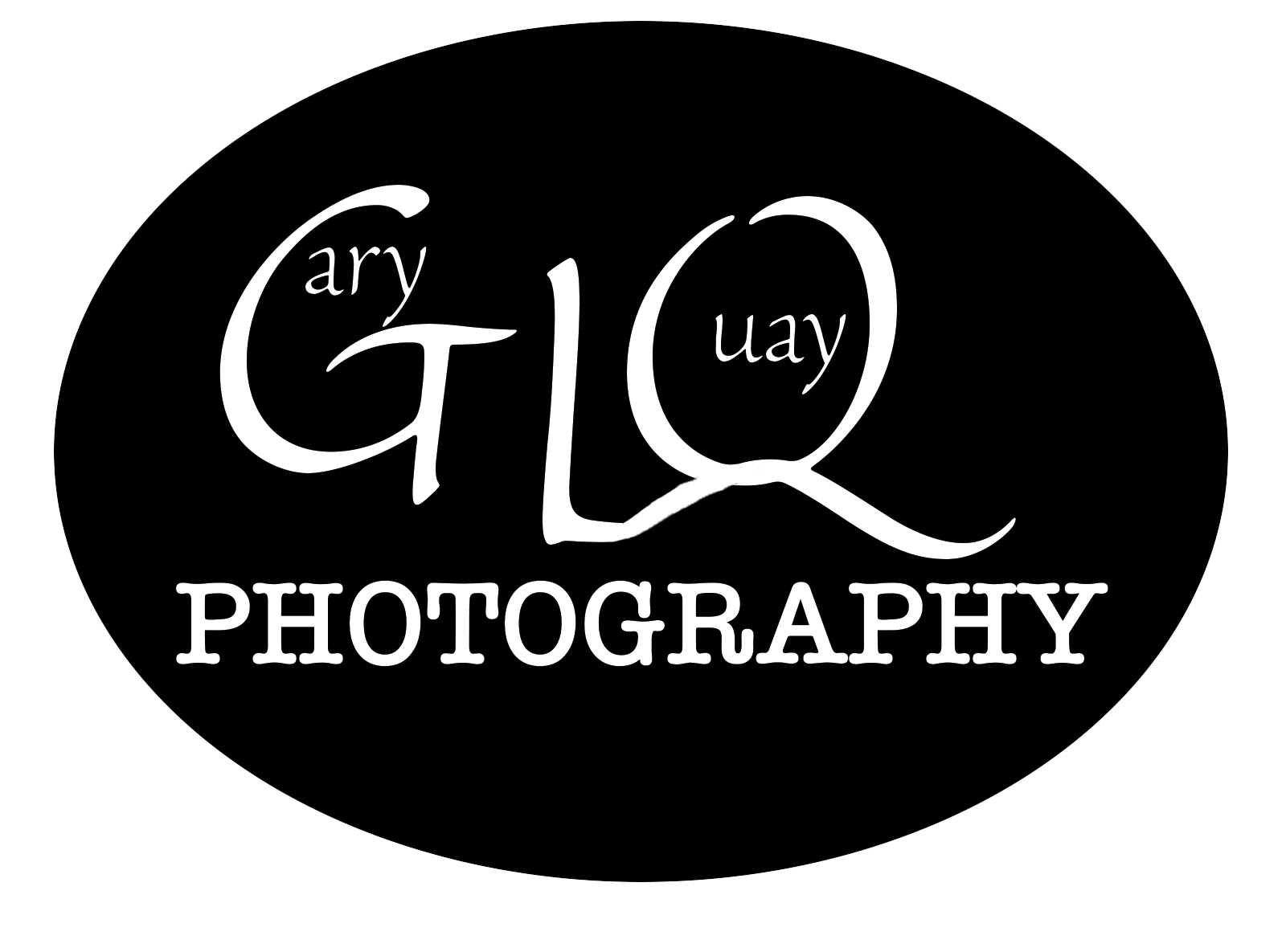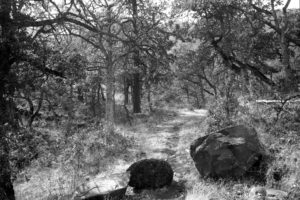Those of us old enough remember the song from the 80’s that begins with the phrase “Ice, ice baby.” Yes that was Vanilla Ice, a rapper whose fall mirrored his rise in suddenness, and left us with one of the most mocked songs in the history of popular music. Not being one to buck a trend that involves making fun of bad music (I’m a big fan of Weird Al), I found myself singing “Lens, lens baby” one day while getting out my Velvet 56. I had a vintage typewriter out of its storage box for the first time in years specifically to try out the macro focus of the lens (baby).

My lensbaby collection has grown since I bought the first one (the Velvet 56) at Blue Moon Camera and Machine in the Saint Johns neighborhood of Portland, Oregon. I bought a Twist 60 with the Composer Pro II Lens Body from the Lensbaby site, and a friend from Salem, Oregon gifted me a Double Glass and a Fisheye the week before Christmas. The latter two are older version of the optics, but work fine in the Composer Pro.
I got into soft focus work because of a photographer named Jim Galli, who has famously wields a Pinkham & Smith Soft Focus lens for decades for his large format work. I bought a few soft focus lenses over the years, the prime example of this is a Kodak lens made in the 1940’s simply called a “Portrait Lens.” It’s a strange beast, with the aperture on the front of the lens, instead of being in the center between two sets of optics. The picture below was taken with that lens.

I took the above picture using an Ansco “Whole Plate” camera with a 5×7 film back (pictured below)

I sold the camera in 2019 while getting ready to move back to the Portland area, but kept the lens. I need to find a way to mount it onto my Calumet C1.
Lensbaby uses older lens designs such as the Pinkham and Smith and the Kodak Portrait to create modern optics, such as in the Velvet 56, for modern cameras. Another older design that Lensbaby has adopted is the Petzval.
Petzvals were prized for what became known as”swirly bokeh”. Bokeh is the Japanese word for the quality of the out of focus areas in a picture. Petzvals became popular in the early 2000’s as large format photographers such as myself were looking for new ways to express their art. The prices shot through the roof once collectors noticed them.
Note on collecting: I don’t do it. If I buy a piece of photography equipment, I intend to use it.
Now, swirly bokeh.

The effect is hard to produce with the lens in most circumstances. It requires a certain distance between the subject and background. Most landscapes and city images don’t show it off well. This is something I am working on, and will post one once I get it right. The above image shows off a little of what I am talking about on the left side of the image. The image below shows it a little better. I took that picture, by the way, for my food blog. Just visit The Impatient Chef for details. Hint: It’s photography related.

The other optic that I want to showcase is the Double. This one created a sharp spot in the center, with stretched bokeh around it.

The picture above has an extreme version of this effect. Using the aperture disks provided with the lens cuts down on it, proportionately to how small the aperture is. The picture below shows a more muted version of the effect.

I will update this post as needed to add more examples.
Christmas is just around the corner. Beware of bad music (Lens, lens baby), and stay safe for the holidays. The pandemic is not forever, so celebrate with friends and family over Zoom, Face Time, Skype, or Webex this year, and celebrate next year in person.
Thanks for reading!
–Gary l. Quay




